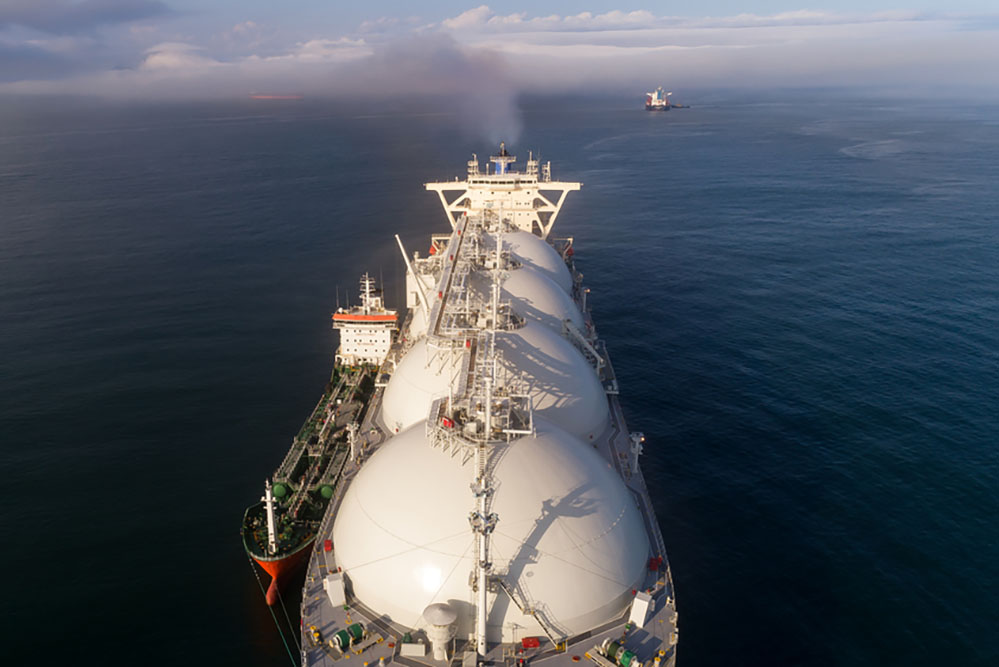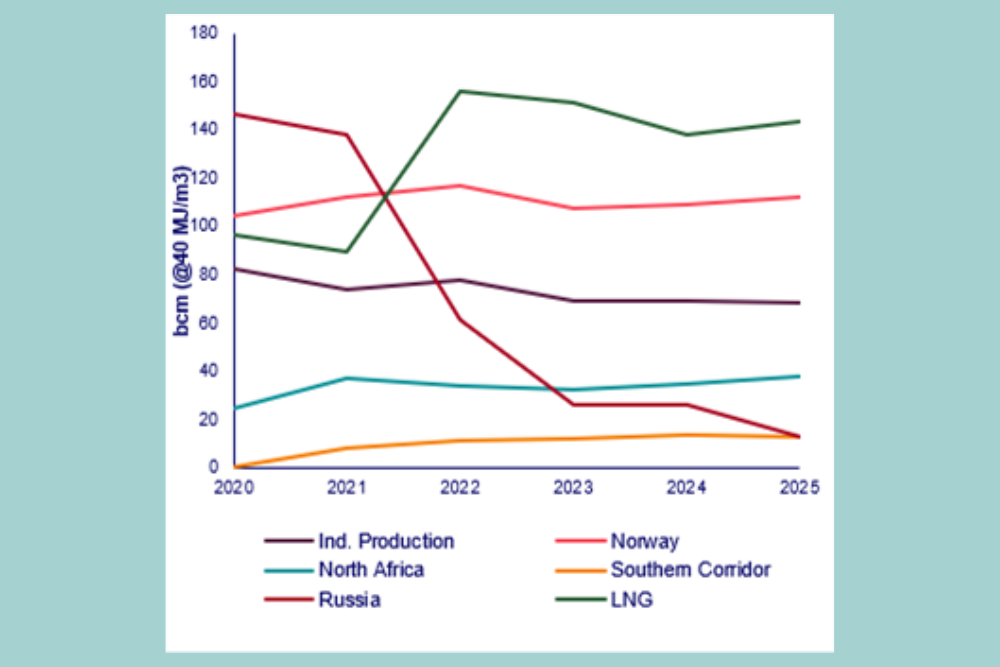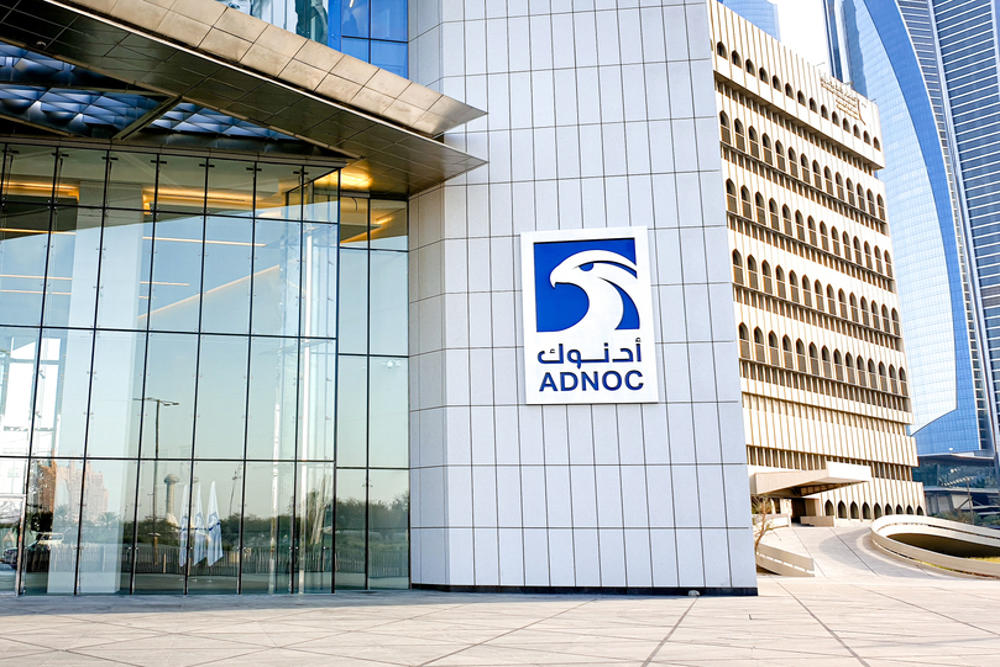
According to the International Gas Union’s (IGU) latest World LNG Report, LNG saw a demand and production growth in spite of COVID-19. Global LNG trade reached an all-time high of 256.1 million tonnes (Mt) in 2020, a seventh year of consecutive growth.
Much has changed since the release of the 2020 report, when the implications of the COVID-19 pandemic were only just starting to surface. It was impossible to predict the scale and duration of the crisis that the world was entering, nor how it would disrupt lives and affect every segment of the global economy, including LNG and the wider gas market.
The IGU said the LNG sector has adjusted to significant demand fluctuations with incredible agility.
“From the huge drops in demand levels at the height of the pandemic lockdowns, through exceptional spikes when the winter deep freeze sent the world’s energy systems into crisis. LNG, quite literally, delivered.”
According to the report, Australia became the largest LNG exporter in 2020, with a total of 77.8 Mt of exports, followed closely by Qatar at 77.1 Mt, USA at 44.8 Mt (11 Mt more than in 2019) and Russia at 29.6 Mt.
However, a significant number of markets exported less volumes in 2020 than they did in 2019, a result of a mix of technical issues, demand drops due to COVID-19 related restrictions, commercial challenges due to price developments, and other challenges.
The biggest drops in export levels were seen by Trinidad & Tobago (-2.4 Mt), Malaysia (-2.4 Mt), Egypt (-2.1 Mt), Algeria (-1.7 Mt) and Norway (-1.6 Mt).
China and India both increased their imports in 2020. China imported 68.9 Mt (an increase of 7.2 Mt compared to 2019), and India imported 26.6 Mt (2.7 Mt more than in 2019).
Contractions were largest in Mexico (-3 Mt), France (-2.5 Mt) and Japan (-2.4 Mt).
A gamechanger in marine fuels
The International Maritime Organisation (IMO) enforced a new 0.5 per cent cap on the sulphur content of ships’ fuels at the start of 2020.
This has spurred a switch to LNG-fuelled marine transport, both through fitting newbuild vessels with LNG engines and converting existing ships to run on the fuel.
This trend has been accompanied by a growth in bunkering infrastructure, by scale and geographical coverage, establishing LNG as a global shipping fuel.
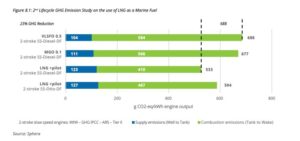
LNG is currently the best and immediately available solution at scale that can reduce the environmental impact of maritime transport and preserve air quality.
According to the 2nd Lifecycle GHG Emission Study on the use of LNG as a Marine Fuel from Sphera (formerly thinkstep), greenhouse gas (GHG) reductions of up to 23 per cent are achievable by using LNG as a marine fuel, depending on the marine technology employed.
A critical role in the post-COVID-19 recovery
Global regasification capacity increased by 19 million tonnes per annum (Mtpa) in 2020, bringing the total to 850.1 Mtpa as of February 2021.
Two new markets – Myanmar and Croatia – joined the ranks of 39 LNG importers over the past year, and the IGU says that by year end of 2021, Ghana, El Salvador, Vietnam, and Nicaragua could gain access. This demonstrates the central role that LNG plays in many countries’ economic growth and energy transition plans.
With 137 Mtpa of new liquefaction capacity under construction or sanctioned for development, and a further 892 Mtpa of liquefaction capacity at the pre-FID stage, the supply is there to fulfil this role.
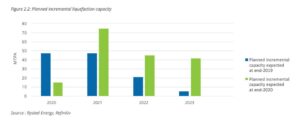
Gas in all forms, whether natural gas or hydrogen molecules, alongside electrons, and the necessary infrastructure, are imperative to help individual countries meet their climate goals.
Further development of the global gas market, through continued expansion of global LNG liquefaction, regasification and transport infrastructure, will serve as a critical foundation for a sustainable post-COVID-19 recovery.
IGU President, Joe Kang, said as world leaders plan for recovery from the health and economic crisis and seek a path to meet the Paris Agreement and Sustainable Development Goals, it is simply not achievable without gas.
“An achievable transition must be based on energy that is available for all global societies, it must be clean, the supply must be secure and it must be affordable. A just transition can only be achieved with gas as a major component of the global energy mix,” he said.
The full World LNG Report 2021 can be found here.




